After Claims of Animal Cruelty, Can the Circus Survive?
At the International Circus Festival in Monte Carlo, an unlikely figure is leading the charge to transform the circus for the 21st century
:focal(400x240:401x241)/https://tf-cmsv2-smithsonianmag-media.s3.amazonaws.com/filer/98/ba/98ba0a07-7654-409b-9adf-4088d68b99cc/jozsef-richter-grand-tableau-danimaux.jpg)
Smiling broadly and with his arms extended, Jozsef Richter vaulted his lean frame from the back of a walking white horse, somersaulting onto the back of one that followed behind—and somersaulted again onto the back of a third. Then, as his sequined costume glittered in the spotlight, he gracefully balanced his wife Merrylu’s head on top of his own as he stood on a horse circling around the ring.
Their astonishing dexterity this past weekend brought the crowd of 3,500 fans at the 42nd International Circus Festival in Monte Carlo to their feet—and earned the couple the top prize, the Gold Clown, at what amounts to the Oscars of the big top.
The festival took place amidst a major upheaval in the circus industry. In the United States, the famed Ringling Brothers and Barnum & Bailey Circus closed last year. Across Europe, countries are placing limits on the use of animals in the popular entertainment. In November, for example, the Italian parliament voted to phase out circus animals. Belgium, Greece and Malta already have done so, and other nations are following suit. This relentless push to ban exotic and even domesticated animals from the ring clouds the future of the circus, something heavy on the minds of the performers in Monaco.
“Real circuses have clowns, acrobats and animals, and we want to maintain this tradition,” Richter told me after his award-winning performance. While his act paid homage to the seminal performance held 250 years ago this spring, when British cavalry officer Philip Astley brought together music and jugglers on a London field to supplement his horse tricks, birthing the modern circus in the process, it was also designed to make a political point that animals are the essence of the entertainment.
“I feel like Don Quixote, tilting at windmills,” said Flavio Togni, a judge at the annual competition and producer of Italy’s American Circus who grew up working with elephants. “We could lose a big share of our audience, and we may have to close down.”
At Monte Carlo last week, circus aficionados vowed to fight what they argue are misleading claims of institutional animal cruelty. “We will do whatever is necessary to keep animals in the circus,” thundered Alain Frere, the 82-year-old artistic advisor who organized the first festival in 1974 at the behest of Monaco’s circus-loving Prince Rainier III. “We must fight together so these stars can continue their work. Hands off my circus!”
The ring’s biggest benefactor and most important advocate today is Princess Stephanie of Monaco, the daughter of Rainier and American actress Princess Grace [Kelly] of Monaco. Princess Stephanie, who once ran away with an elephant trainer and married an acrobat, now spends time working with her two rescue elephants, Baby and Nepal. With her backing, the government of the principality, wedged between France and Italy, erects a white tent each January in a public park next to the tiny Monaco heliport. Vendors selling popcorn and French fries set up shop on a makeshift midway in the chic downtown.
The annual event, which includes a glittering gala hosted by Monaco’s sovereign, Prince Albert II, Stephanie’s brother, draws the world’s best acts. Talent scouts from around the globe attend, seeking to book performers for the coming year. This year’s performances ranged from deceptively simple acts, such as a young Spaniard who juggled seven lit balls in the dark, with an eighth perched on his head, to three Hungarians dressed as astronauts performing moves that seemed to defy gravity on a gigantic moving metal truss structure perched high above the ring.
This year’s festival headlined the Richters and Carmen Zander, who performed a series of heart-stopping tricks with four Bengal tigers and one white tiger. “They are my love and my life,” insisted Zander at a press conference. But the vast majority of the series of shows featured acts comprised solely of humans, a sign that these are what will likely dominate the circus.
Animal-rights advocates insist that scientific studies conclude that animals subjected to training and transportation, along with frequent performances, can suffer from stress and injuries. “Malta adopted this ban as our government recognizes that circuses do not, by any means, provide a suitable environment for animals to express normal behavioral patterns, nor provide suitable shelter or protecting from pain and suffering,” said Marlène Mizi, a Malta representative in the European Parliament, at a 2017 meeting she co-hosted in Brussels.
Opponents of animal bans cite other studies that come to more nuanced conclusions, such as lack of evidence that transporting circus lions increases their stress levels. They argue that animals are constantly monitored, and are provided with social interactions and freedom of movement that outstrip those of many zoos. In some countries, such as France and Germany, animal handlers must pass strict tests to ensure their competency and knowledge.
Proponents of circus animals at Monte Carlo declared that they won’t give up without a fight. At the princess’s behest, public announcements at the circus urged spectators to sign a petition to be sent to the European Parliament backing the use of animals in the circus, and by the end of the weekend more than a thousand had done so. A former singer and fashion designer, Princess Stephanie has recently emerged as a leading spokesperson on the issue. “This is a fake problem,” she told a French magazine recently. Circus animals in Europe, she insisted, are subject to a web of regulations that ensure adequate and humane care.
At Monte Carlo, the public was invited to view the animals in their pens before and after the shows, which included Meryrlu Richter riding a zebra into the ring and Jozsef overseeing a living carousel of elephants, zebras, horses, llamas, camels and horses all moving in opposite directions.
“If you take animals out of the circus, you take away the soul of the circus,” says Joe Saly, an Italian from a circus family who swung two sets of bolleadoras—weights attached to cords—at an animal-less Sunday afternoon performance that won him a standing ovation.
But corralling the famously independent-minded circus community into concerted political action seems a trick that may prove too difficult to accomplish. Some managers and artists at the event noted that those circuses that include animals—particularly ones deemed wild—are steadily shrinking and that the trend seems unstoppable. There are only a dozen circus elephants in the United States and some 30 in France. Since transferring elephants from the wild or from zoos is typically forbidden, these mark the last generation.
Meanwhile, Cirque du Soleil and other similar entertainments dispensing entirely with animals have proved both popular and profitable. “The circus is always evolving, and the future is without animals,” said one Monte Carlo performer, requesting anonymity. In some countries, human acrobatics were always at the core of the circus. In China, for example, animals were never part of the circus tradition.
During an intermission in one of the event’s four-and-a-half hour shows, Frere, the long-time event organizer, acknowledged that change is essential to keep a 250-year-old entertainment vibrant. “Young people are transforming the circus with music, emotion and erotic power,” he said. With or without wild or domesticated animals, there seems little doubt that the show will go on.
/https://tf-cmsv2-smithsonianmag-media.s3.amazonaws.com/accounts/headshot/andrew2.png)
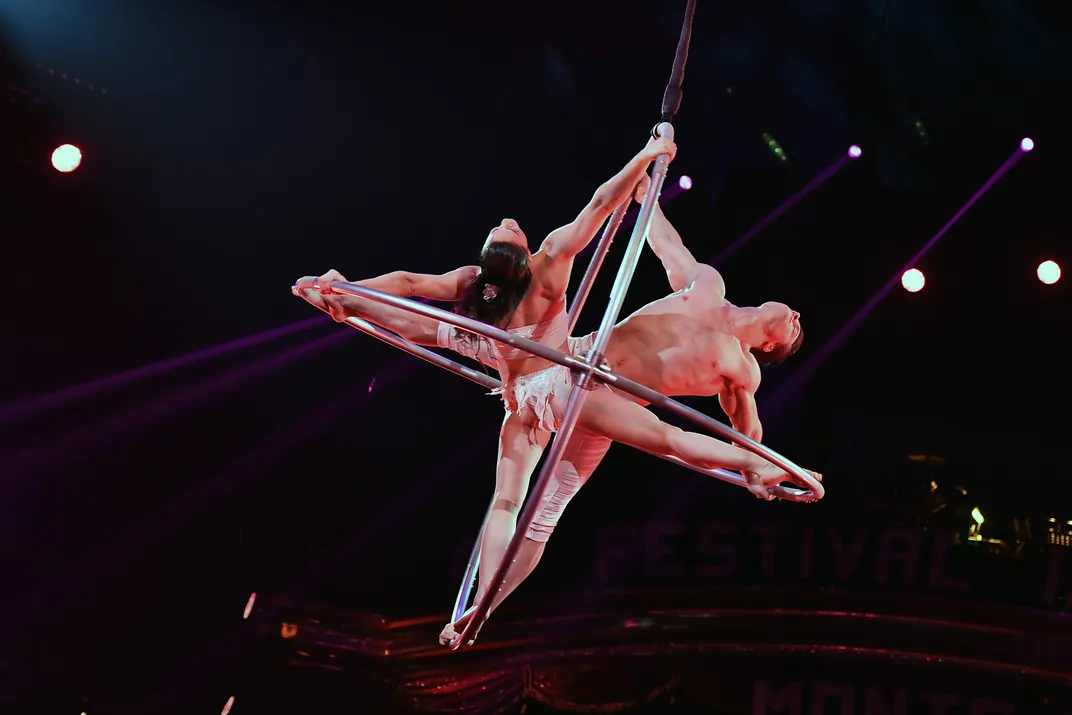
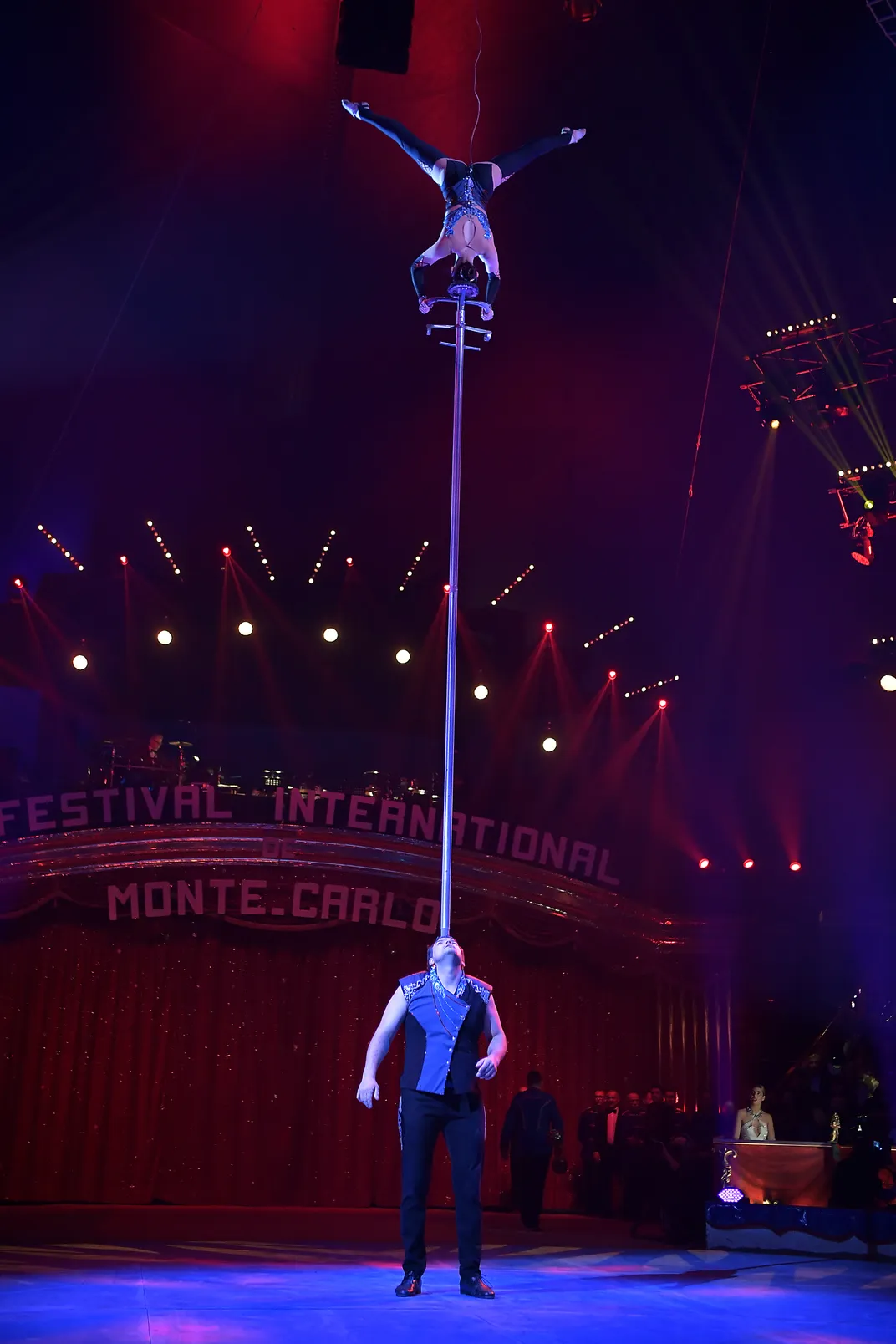

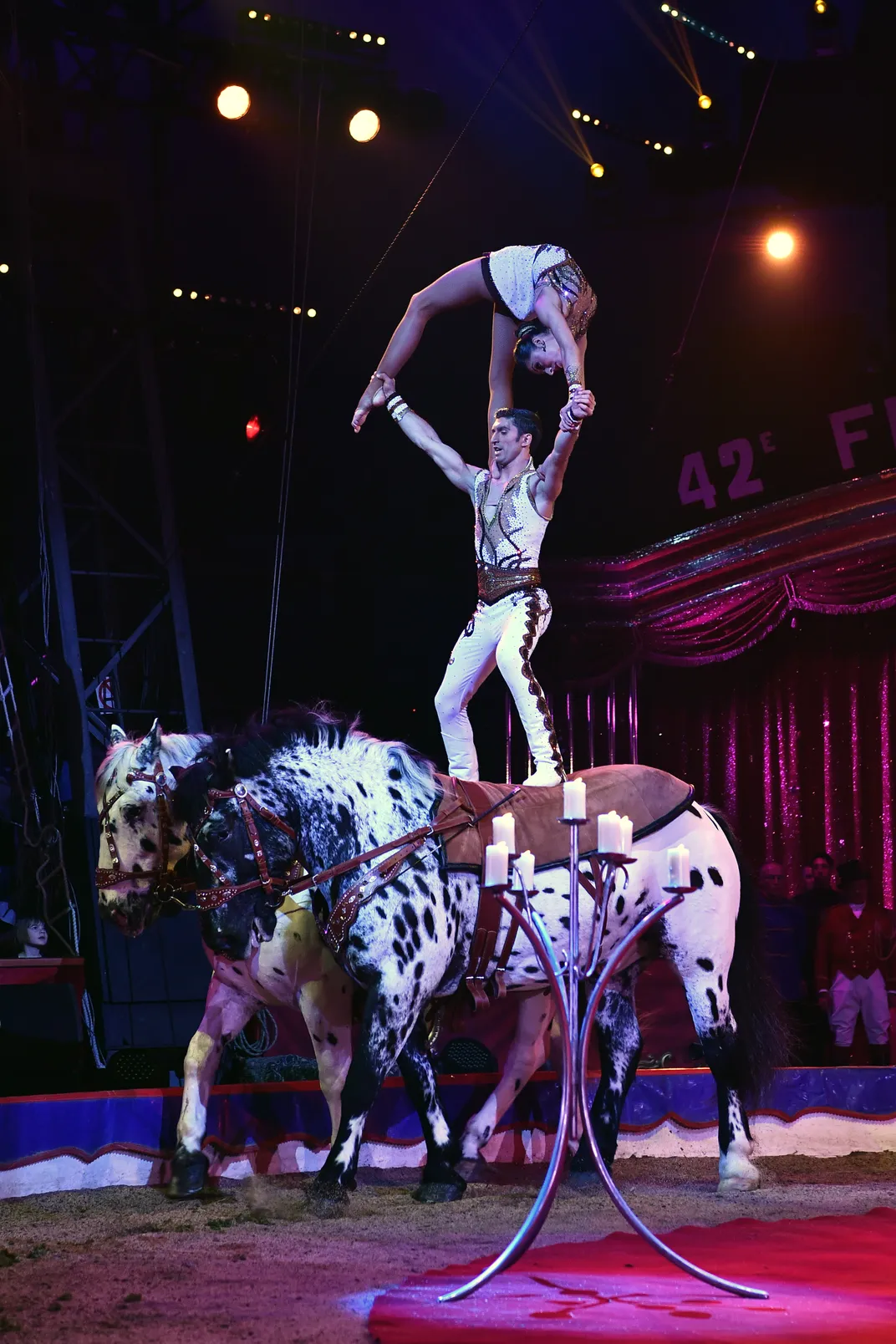
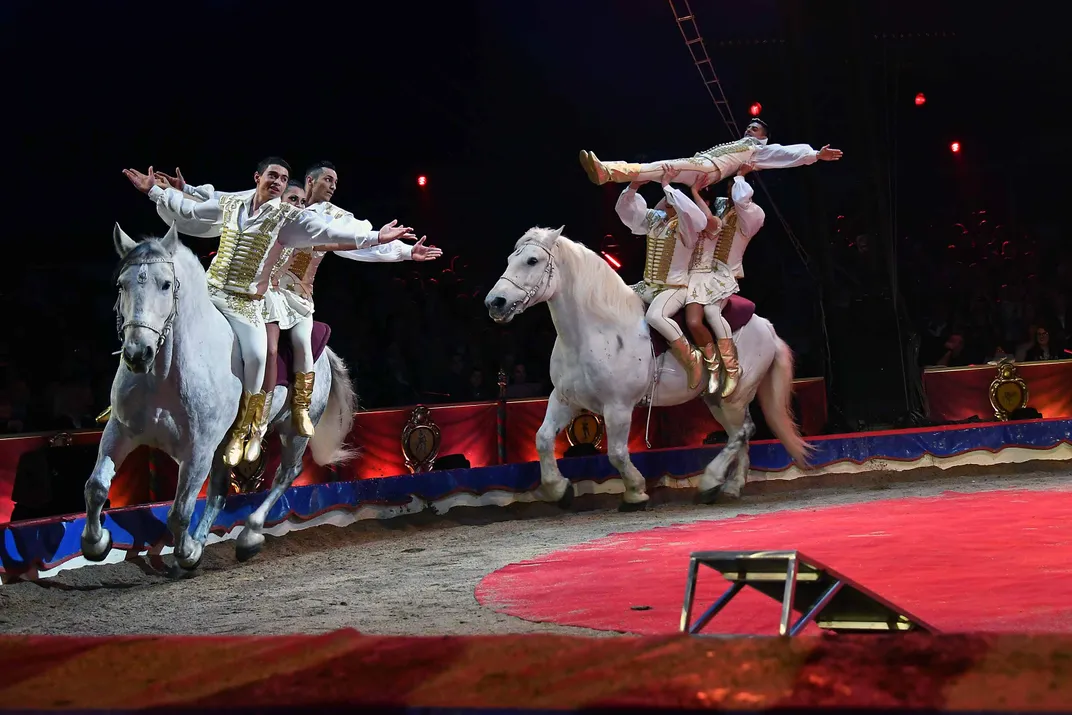
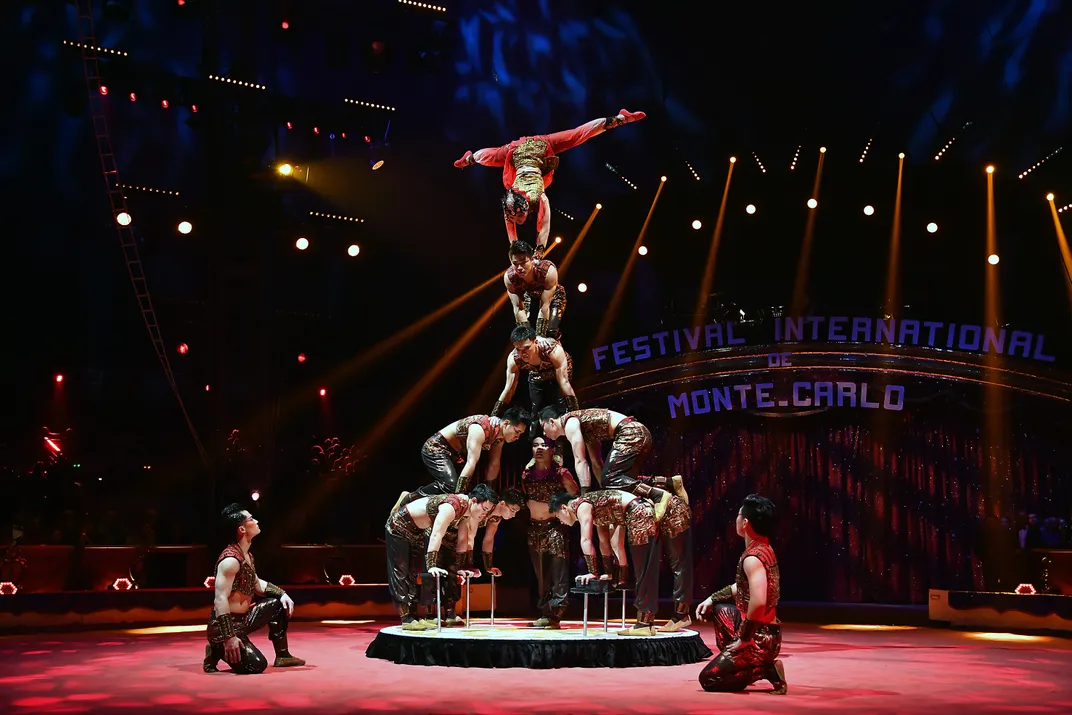
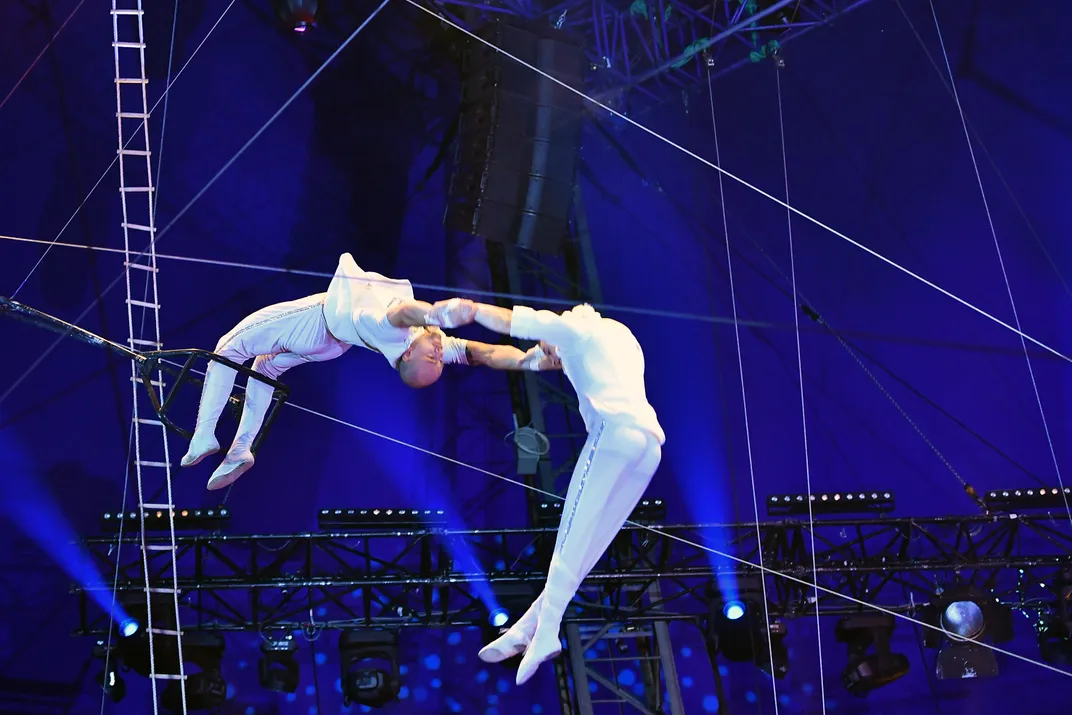
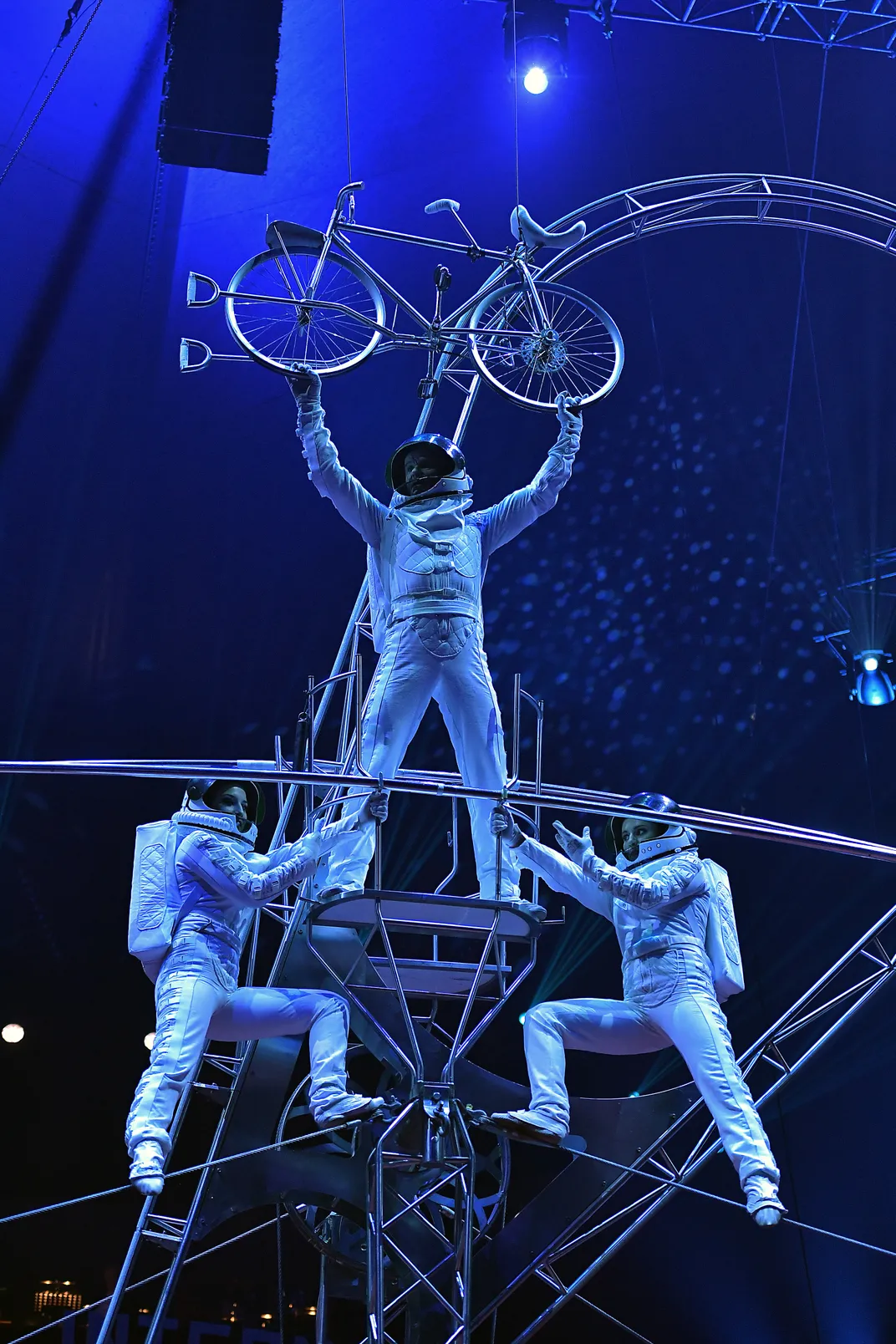
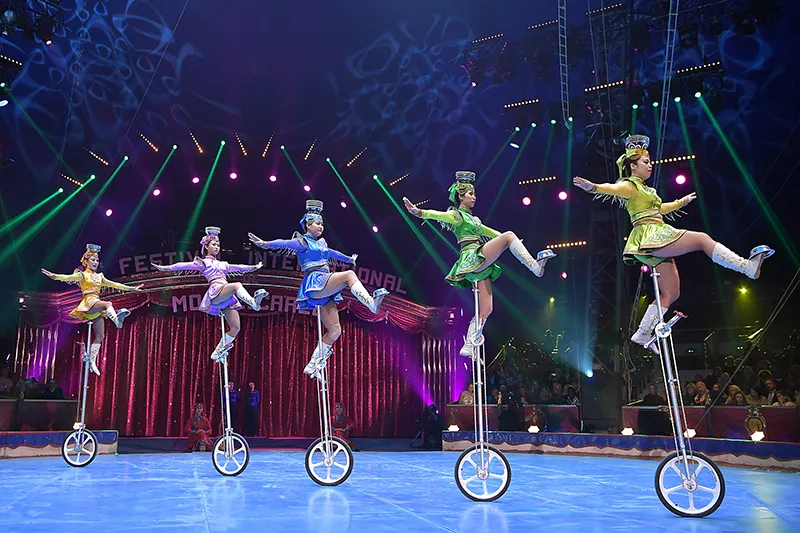

/https://tf-cmsv2-smithsonianmag-media.s3.amazonaws.com/accounts/headshot/andrew2.png)